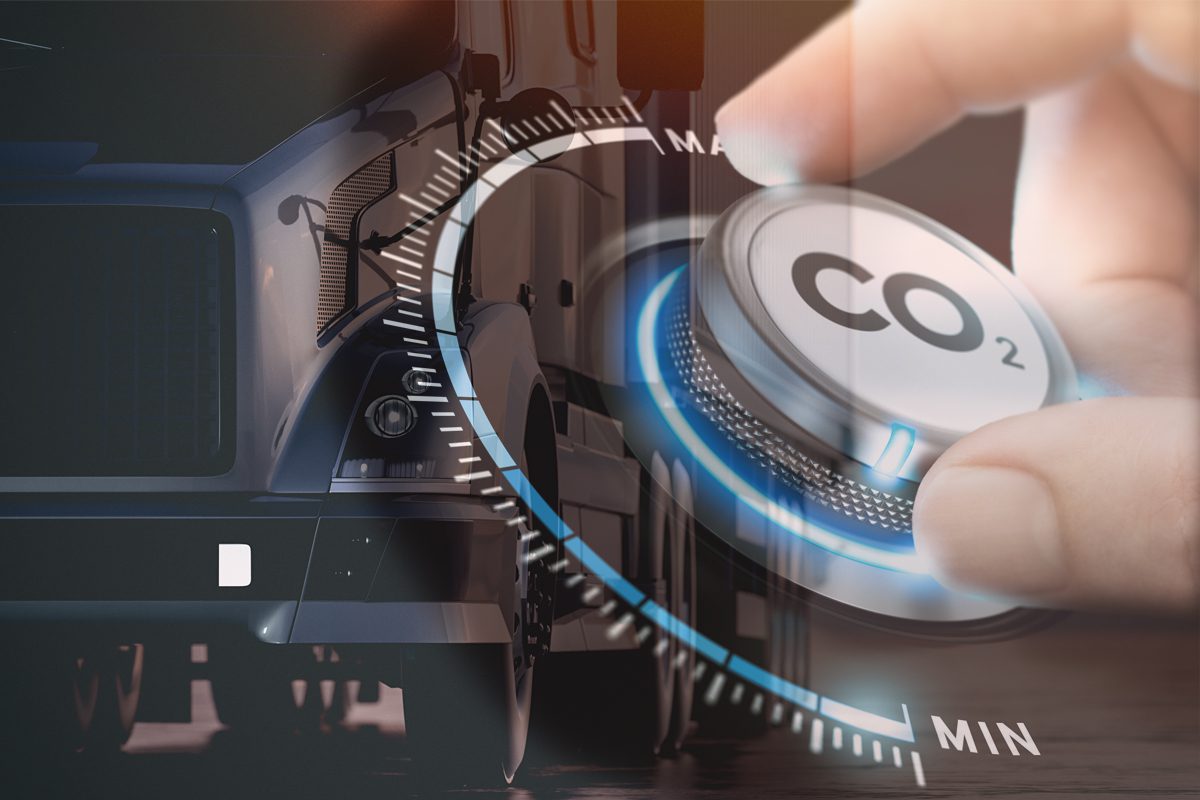While clean vehicle technology has taken gigantic leaps forward in the last decade, there is still a long road ahead to meet the aggressive zero-emission goals waiting on the too-near horizon.
Fleets are not unwilling to change, but in many cases do not have the money, manpower, or management to make a move that could disrupt their business, making complementary technologies an important ally for decarbonizing transportation quickly. According to last year’s State of Sustainable Fleets, 85% of those surveyed reported that their use of clean vehicle technologies will grow during the next five years. In that time, these fleets will balance the costs associated with these emerging technologies, as well as approaching solutions in a multi-tiered manner. Not all routes are the same, especially for long-haul fleets, and no one application will solve all these issues in the near future.
For many fleets, they will have to balance the good of the company with the good of the community.
ClearFlame Engine Technologies and its engine modification solution started as a seed in the labs of Stanford University and Argonne National Laboratory. By keeping most of the nuts and bolts of this tried-and-true engine technology, the team has developed a way to use various liquid renewable fuels, such as ethanol and methanol, with heavy-duty engines to substantially reduce emissions and improve total cost of ownership (TCO) — a must for any over-the-road fleet.
Diesel Tech, Supercharged
The diesel Class 8 trucks of today are much cleaner compared to their “dirty diesel” counterparts of more than a decade ago. OEMs have taken their efforts to a new level, reducing overall emissions drastically. According to a 2021 report commissioned by the Diesel Technology Forum, 2007-and-newer U.S. diesel trucks have cut 202 million tons of CO2, 27 million tons of nitrogen oxides, and 1.6 million tons of particulate matter from the atmosphere.
Taking this success and building upon it, the ClearFlame technology further reduces emissions from these engines by 69-83% compared with diesel, depending on the region of the country the vehicles are being used.
“ClearFlame’s technology has the potential to provide significant and cost-effective GHG and tailpipe emissions reductions as both EPA and CARB emissions regulations call for dramatic NOx reductions by 2027,” said Patrick Couch, senior vice president of technical services at Gladstein, Neandross & Associates (GNA), whose team detailed these findings in a 2022 report. “Such alternatives to traditional diesel fuel are critical to accelerating decarbonization in the transportation industry.”
Cutting TCO and Emissions for Fleet Success
Lowered TCO is at the top of any fleet manager’s “must have” list. To assess ClearFlame’s solution versus battery-electric, fuel cell, CNG, and diesel engines, GNA created a TCO model that evaluated the vehicle purchase price; federal excise and state sales taxes; maintenance, insurance, and fuel costs; depreciation tax benefits, incentives, and residual value. Based on fuel prices from October 2021, the original results showed the ClearFlame retrofit option had the lowest TCO at $1.45 per mile, averaging between $0.08 to close to a dollar less than other options. When updated with today’s fuel pricing, ClearFlame continued to have the lowest TCO of any option, offering $0.29 per mile savings compared to its diesel-fueled counterpart.
The next step was to create a model that compared the potential emissions performance of the five engine options. While comparing a zero-emission technology such as battery-electric and fuel cell to a liquid fuel like diesel or ethanol might show significant differences in emission reductions, the model took in several factors. Aside from tailpipe emissions, it also looked at wheel to well, tank to wheel, and well to tank greenhouse gas emissions (GHG).
According to GNA’s research, ClearFlame’s technology could significantly reduce well-to-wheels GHGs and tailpipe emissions when compared to diesel. Taking into consideration the effect that battery-electric charging infrastructure would have on an area’s electrical grid, and in turn an increase in emissions to provide that power, the ClearFlame solution provides a near-term option that complements these developing technologies. For fleets that want to lower emissions and reduce costs, ClearFlame’s solution is an effective option that is currently available and reduces the range anxiety for long-haul fleets.


